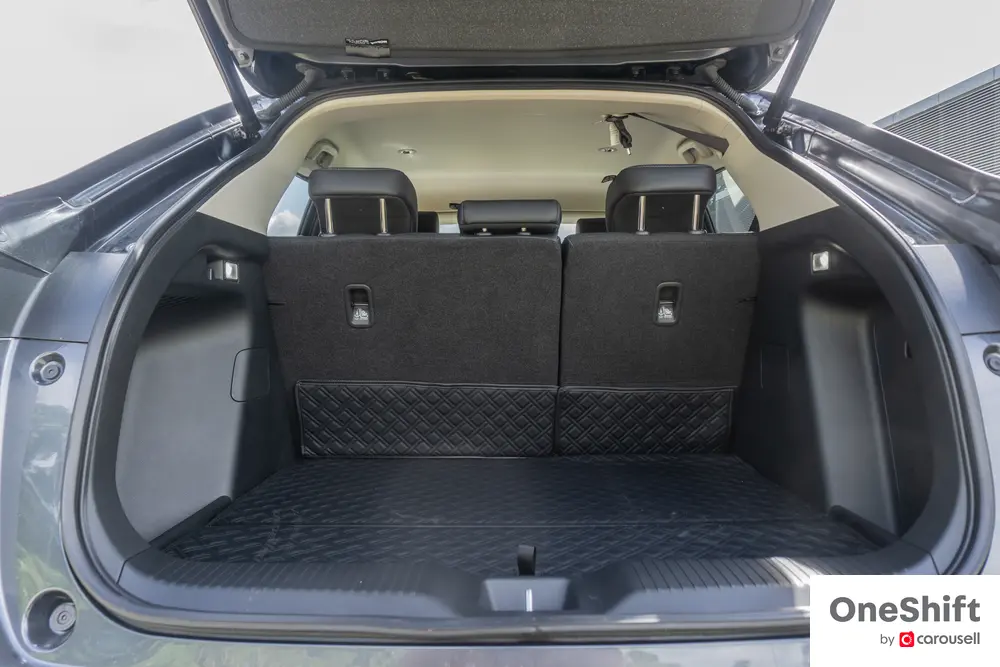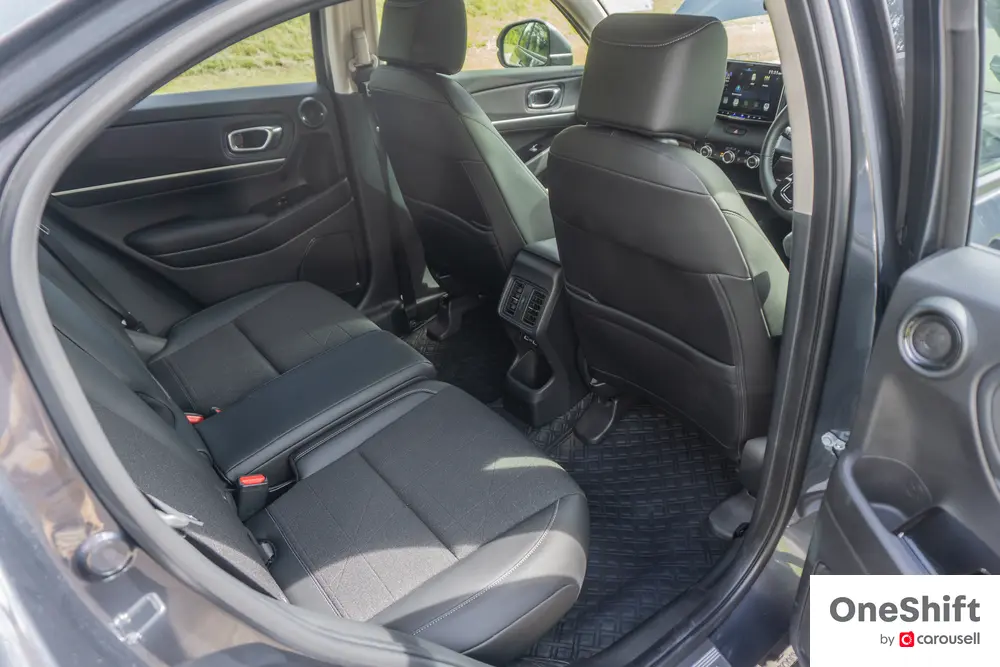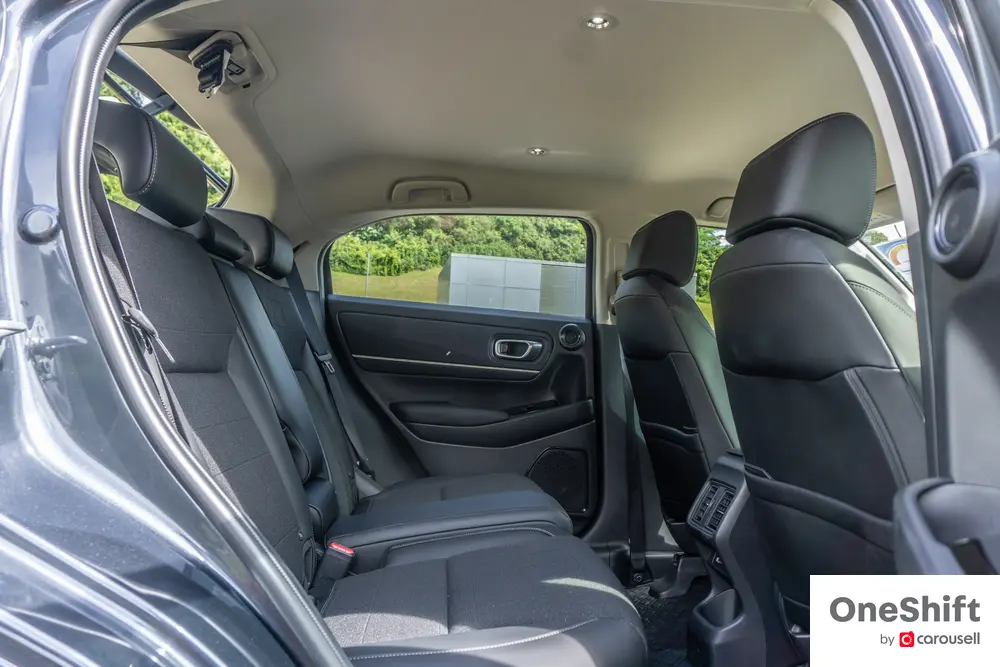Honda HR-V 1.5 HX e:HEV Review: Well Worth the Extra Outlay
The high specification HX variant, coupled with the e:HEV hybrid drivetrain, elevates the HR-V significantly.







When we first test drove the new HR-V, it was in the more affordable DX trim and in a non-hybrid version. This time, we got the chance to try the higher-spec HX trim that’s paired with the innovative e:HEV hybrid drivetrain.
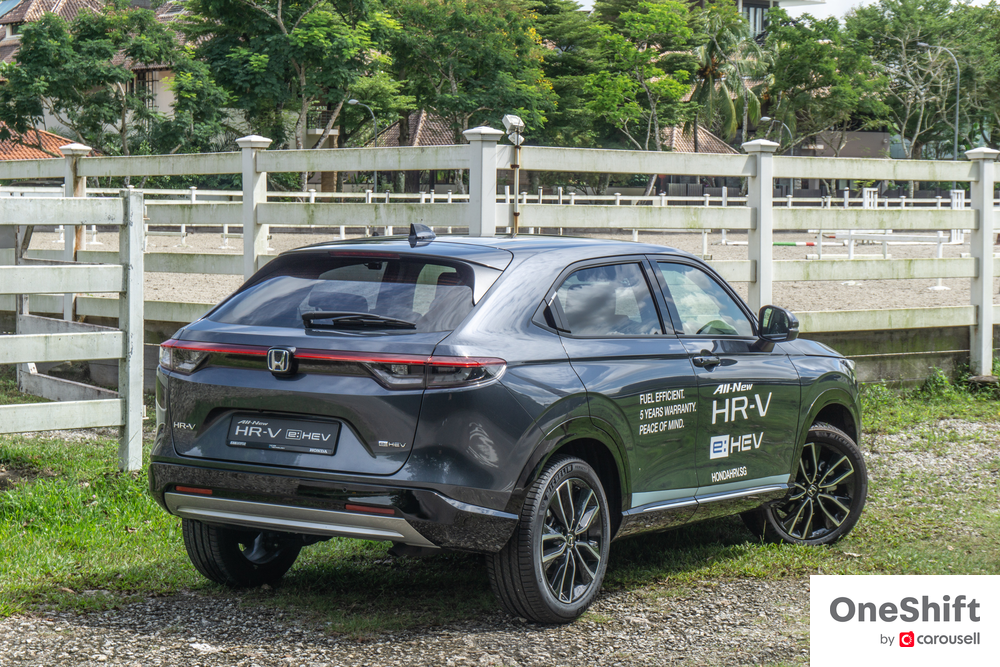
It seems like this version has all but addressed the weaknesses of its cheaper sibling. It just feels more complete, from the powered tailgate, prettier dials, leather steering wheel, drive modes, all-round automatic powered windows and even paddle shifters, just to name a few features that the DX came without.
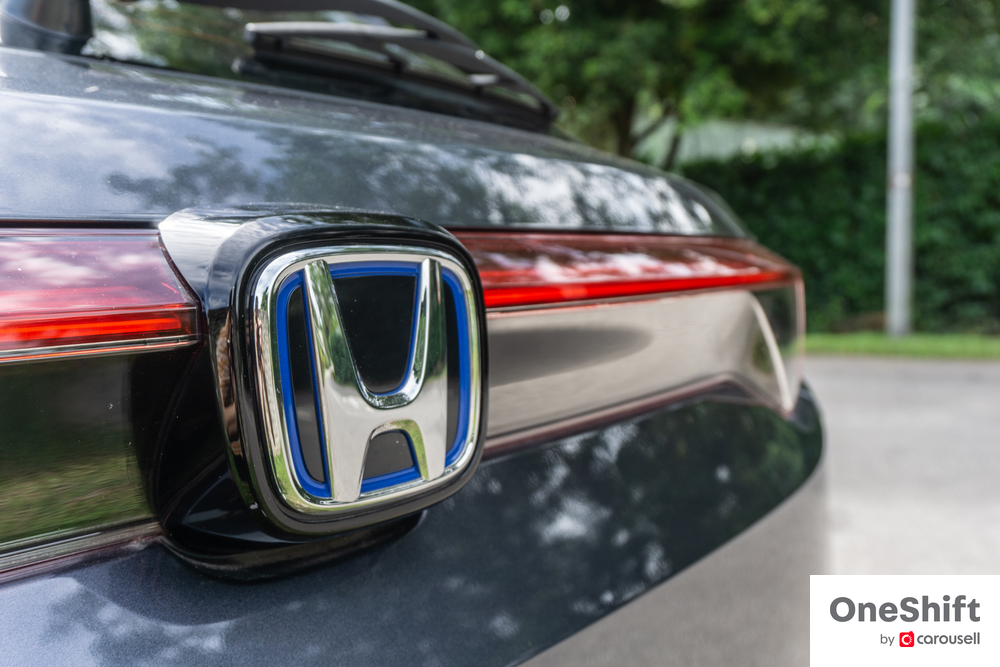
The result is greater than the sum of its parts. The HR-V finally feels befittingly adorned with the necessary bells and whistles to show its best side. And in this current high COE climate, it’s important to feel like you’re getting value for what you’re paying for.

As with the DX, the HR-V feels like the youthful, modern and slick one among its segment. Its design has been rationalised and made to look effortlessly handsome. On the inside, there is a good mix of functionality and classy elements, but the weakest link is perhaps the centre infotainment system whose dated UX looks out of place. But if you’re using Apple CarPlay or Android Auto most of the time, it will hide away the aftermarket-like interface.
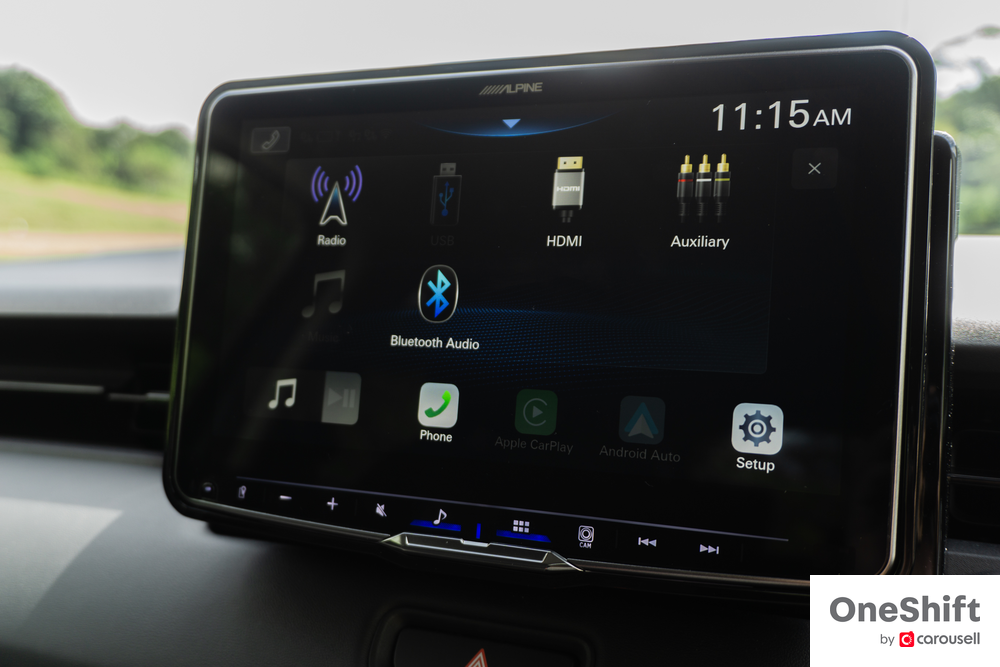
The other criticism we levelled at the petrol version of the HR-V is its workhorse-like nature which delivers a rather bland drive. Well, it’s completely different in the e:HEV. There are three distinct drive modes - EV Drive Mode allows running with 100% electric power just from the battery and electric motor. As you can imagine, this doesn’t happen for very long before the battery drains out. It will then switch to Hybrid Drive Mode if the battery needs to be charged.
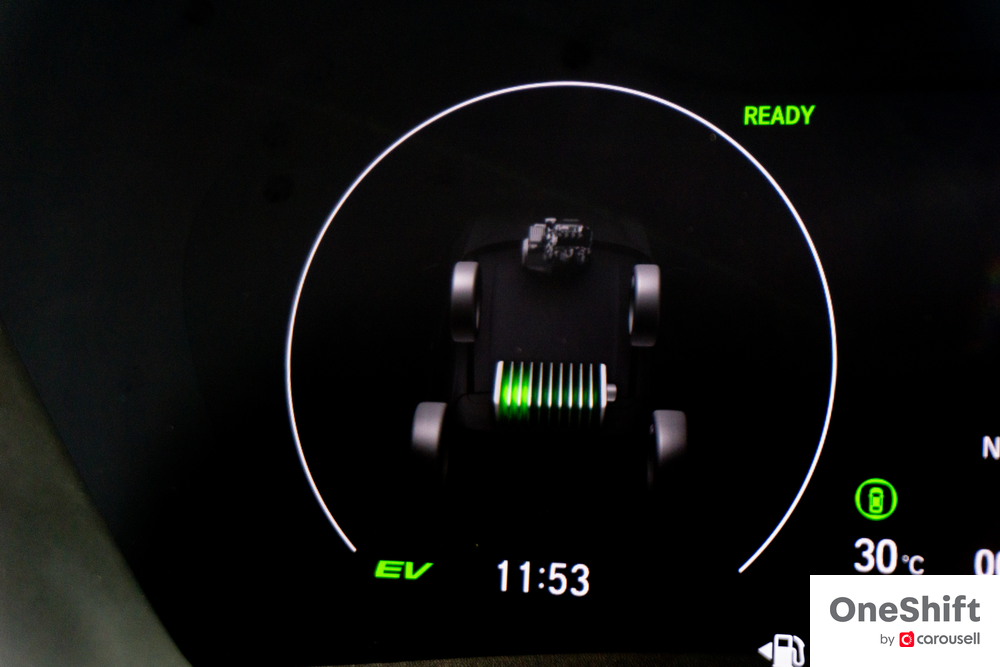
The similarity in Hybrid Drive Mode is that the electric motor continues to power the wheels directly, except that the petrol engine is activated to assist, but solely as a generator to charge the battery. Note that there is no direct link from the engine to the wheels in this mode. Activating the paddle shifters will adjust the amount of regeneration.
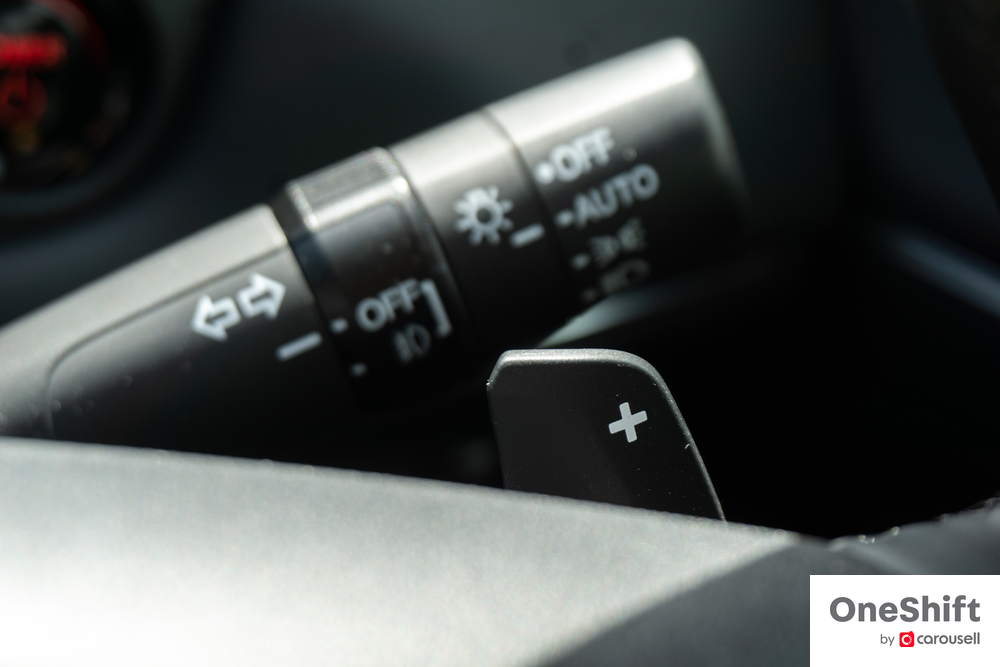
Finally, Engine Drive Mode is where the petrol engine drives the wheels directly and this is when most power is called upon. The batteries even provide an additional boost via the electric motor in this mode.
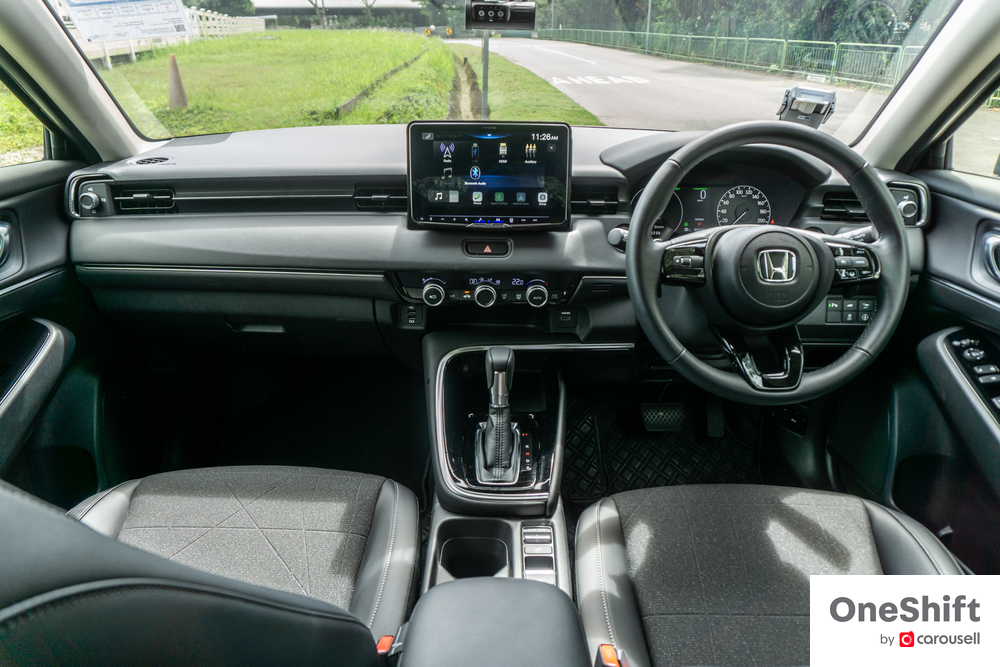
The modes are seamlessly swapped from one to the next through the clever onboard system, so I never really felt any perceptible switchovers. It does this with an electric CVT with a 2-motor hybrid system, which makes the e:HEV quite distinct versus a conventional parallel hybrid. In fact, it’s best described as something in between a parallel and series hybrid.
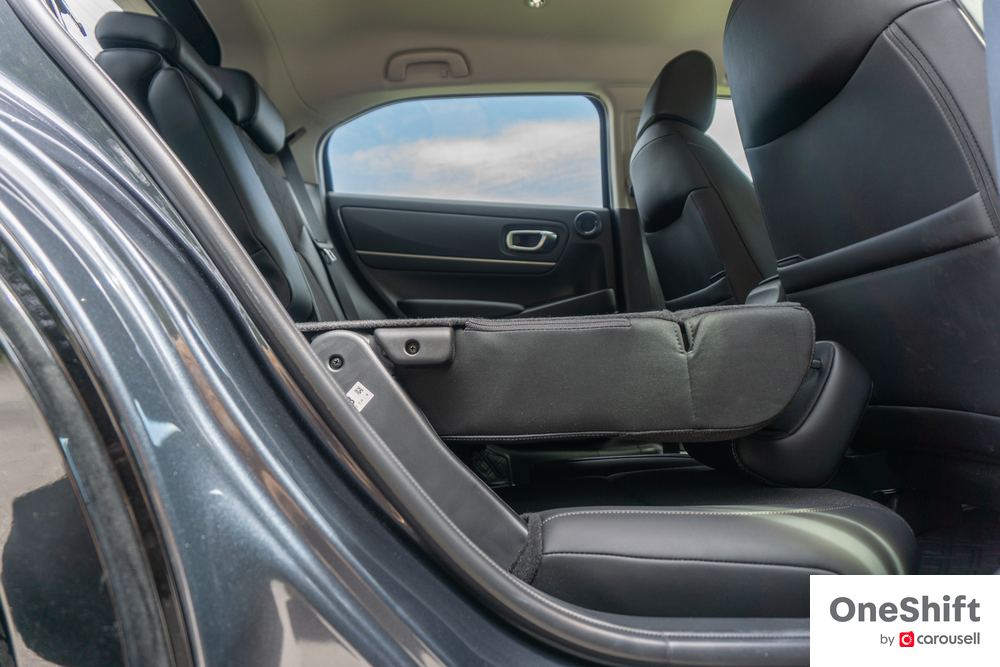
In practice, it feels closer to a parallel hybrid as the engine kicks in noticeably more than in a series hybrid (like Nissan e-POWER). That said, the ingenious Honda solution gives the car a pep and verve that really makes the HR-V a pleasant drive, while returning decent fuel consumption of 16.2 km/l during our test with full of idling while on shoots. The CVT is quick and responsive too, giving a smooth and urgent pace (forget any of the rubber band analogies).
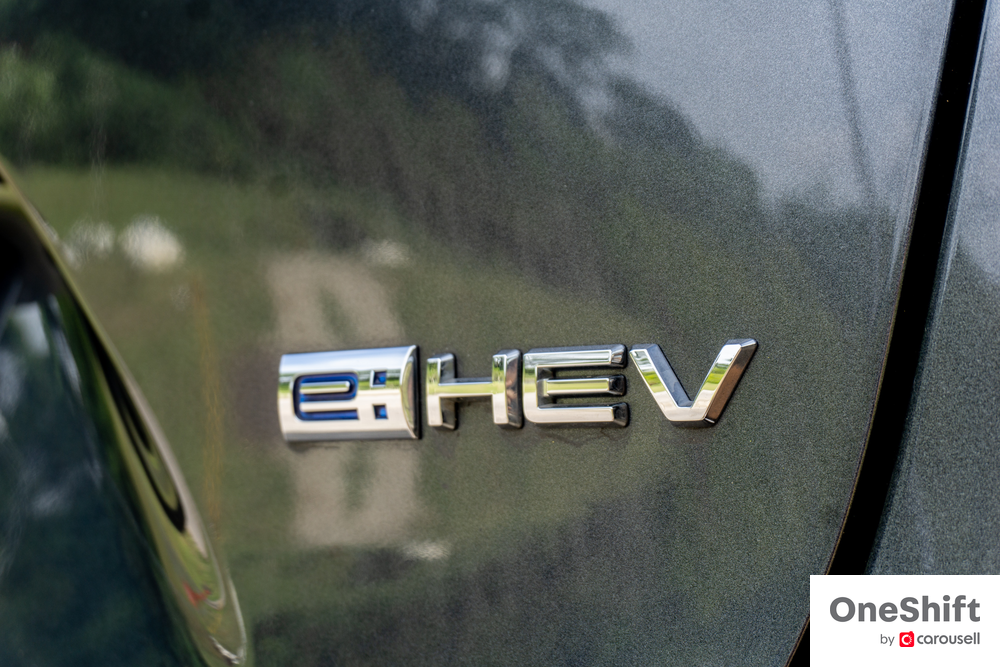
With all of the hybrid technology, the e:HEV version weighs 126 kg more than the pure petrol version. I consider this a boon as it seems to help make the e:HEV HR-V ride calmer and more serenely.
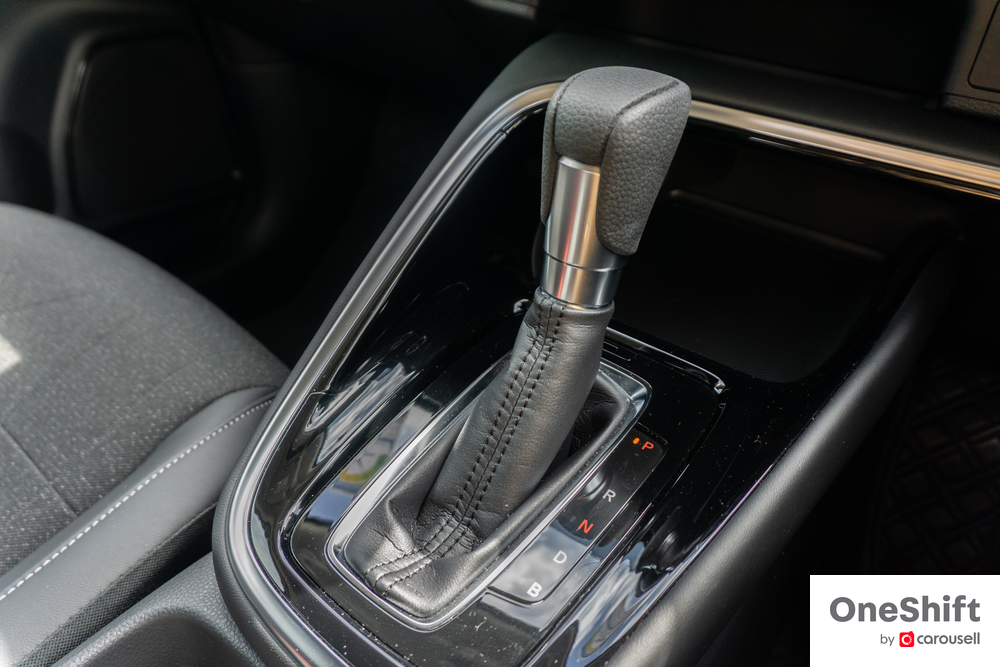
For a $5,000 premium over the DX+ variant (and $8,000 over the DX), the additional outlay is well worth the investment. The e:HEV HR-V is the one to get.
Photos by James Wong
--
Selling your car? Whatever the reason, car you sell Carousell.








Get the Best Price for your used car
from 500+ dealers in 24 hours

- Convenient and Hassle-Free
- Consumer Protection
Transparent Process
With No Obligation
